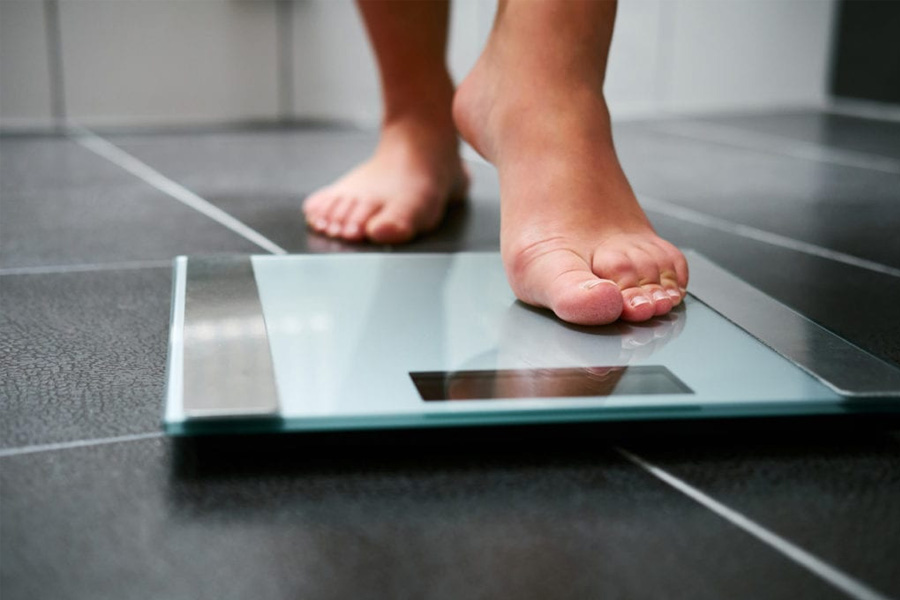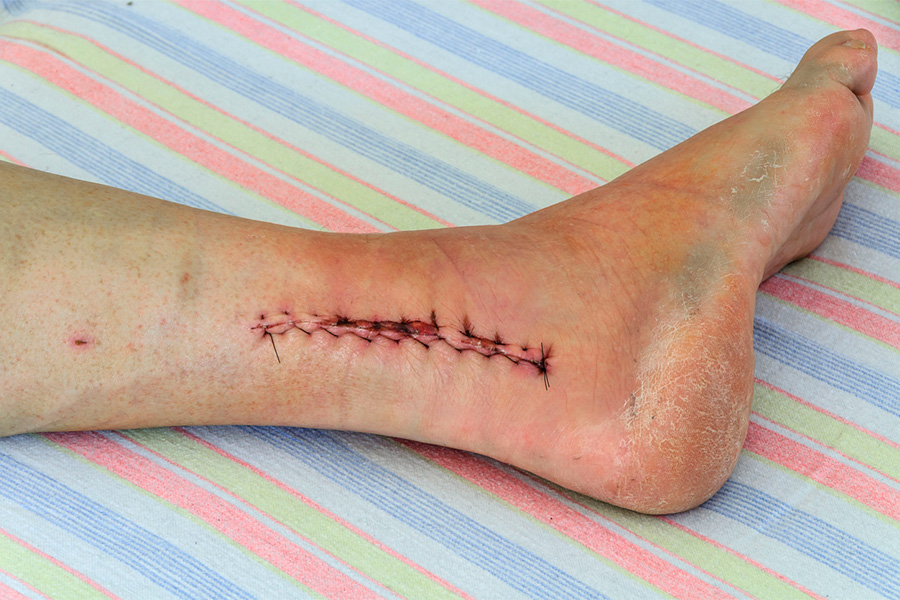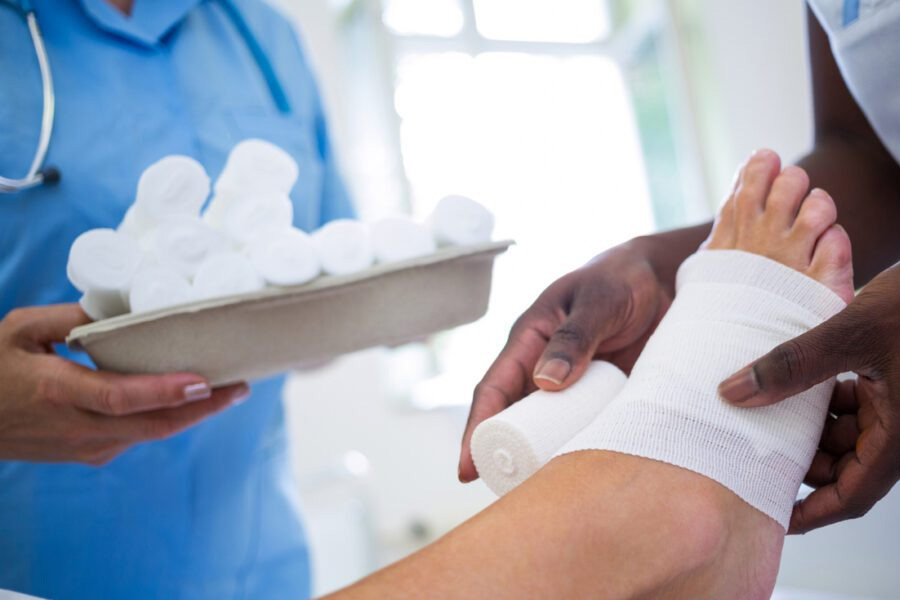Rest and recovery play a fundamental role in the effective management of posterior tibial tendonitis, a condition characterized by inflammation of the posterior tibial tendon that runs along the inner side of the ankle and foot. This tendon supports and stabilizes the arch of the foot. Posterior tibial tendonitis can also lead to adult-acquired flat foot deformity, since the posterior tibial tendon is unable to support the arch of the foot.
Treatment for the condition consists of rest and recovery, which is critical in allowing the tendon to heal and reducing pain, as well as preventing a worsening of the condition. Without adequate rest, healing can take longer than usual.
Let’s discuss rest and recovery for posterior tibial tendonitis treatment and what it actually entails.
Importance of Rest and Recovery
An inflamed posterior tibial tendon needs to rest to resolve the swelling. The tendon plays an important role while walking, and an injury to it is usually caused by repetitive motions. Therefore, rest is highly important to give your tendon a break from repetitive use or overuse.
What “Rest” Entails
Rest is not just sleeping, although that can help, especially if you’ve been lacking sleep. It has more to do with physical and lifestyle adjustments for the abatement of your symptoms and the healing of your injury. Here’s what medical professionals mean when they say you need to rest:
1. Reduced Weight-Bearing
Minimizing weight-bearing activities on the affected foot is crucial. This may involve using crutches, a walking boot, or other assistive devices to offload the pressure on the inflamed tendon while walking.
2. Avoiding Aggravating Activities
Activities that put excessive stress on the posterior tibial tendon, such as running, jumping, or participating in high-impact sports, should be avoided temporarily. These activities can exacerbate the inflammation and hinder the healing process.
3. Limiting Standing and Walking
Extended periods of standing or walking can strain the inflamed tendon. Seniors or those with mobility limitations may benefit from using a walker or a cane to minimize pressure on the affected foot.
4. Elevating the Foot
Elevating the affected foot whenever possible helps reduce swelling by allowing excess fluid to drain away from the area. This can be especially effective during periods of rest. You should feel relief when you elevate your foot.
5. Cold Compression
Applying ice or cold compression to the inflamed area for short intervals can help reduce inflammation and alleviate pain. Apply ice for up to 20 minutes at a time during the first few days of the injury.
6. Orthotic Support
Custom-made orthotic inserts or shoes with proper arch support can help alleviate strain on the posterior tibial tendon and promote healing.
7. Physical Therapy
While physical therapy involves movement, a skilled physical therapist can guide patients through gentle exercises and stretches that promote healing without causing additional harm to the inflamed tendon.
8. Patience and Compliance
Giving the posterior tibial tendon adequate time to heal is essential. Compliance with the doctor’s rest and recovery recommendations is key to preventing re-injury and ensuring a successful recovery.
It’s important to note that rest does not mean complete immobility. Gentle movement and non-weight-bearing exercises, as advised by a healthcare professional, may be included in the recovery plan to maintain joint mobility and prevent muscle atrophy.
Posterior Tibial Tendonitis Treatment in Cincinnati, OH
If you have posterior tibial tendonitis, consult the foot and ankle surgeons, or podiatrists, at Cincinnati Foot & Ankle Care. We provide personalized care for our patients and can help you prevent this painful injury and keep you walking and active in your life.
To schedule an appointment, check our location nearest you or use our online request form.





